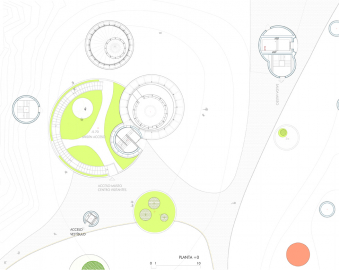HISTORY MUSEUM OF LUGO
The urban fabric and the natural space often transcend the blurred limits separating them, generating fields of interference between architecture and the landscape. This is the case of the the site of the Museum of History, located outside the Roman precinct of Lugo, in a place where the green and wavy terrain of the surrounding fields meets residential zones and old industrial facilities. Our proposal emerges like a museum-park or a park-museum linked to the sequence of green areas in the city, concealing below ground the new exhibition spaces and rising in a constellation of cylindrical lanterns scattered on a continuous field. The topographical differences of the plot suggest the possibility of using as level of access the highest one, allowing the museum to unfurl its exhibition spaces below ground, organized essentially in a single floor illuminated through large circular openings that bring natural light inside. A large cylindrical volume sinks deeply into the terrain generating the main hall, conceived as a scenic box. From the central courtyard emerge as abandoned silos the most unique exhibition halls, that transmit the image of the new building to the exterior. The exhibition towers are externally wrapped by lightweight and artificially lit cor-ten steel meshes that are transformed into a visual installation within the landscape of the new park. The Museum of History involves the experience of a promenade through a vegetal and metallic landscape, in the strip of land formerly occupied by country and industry, a park whose brightness at night seems to emerge from within the earth, perhaps evoking the images of fields and caves, historic walls and industrial silos, metaphors of a landscape and a culture that the citizens of Lugo have deeply engraved in their memory.
AREA 10.800m

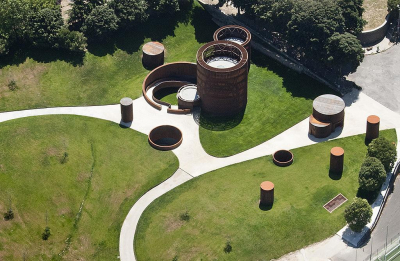
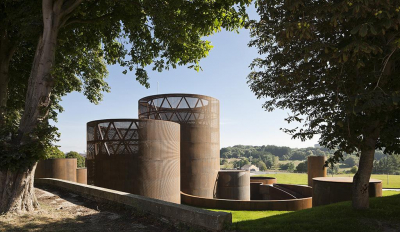
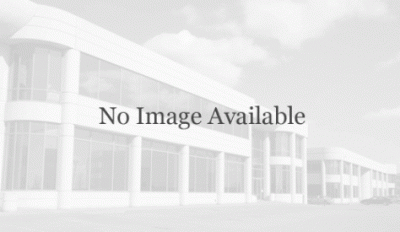
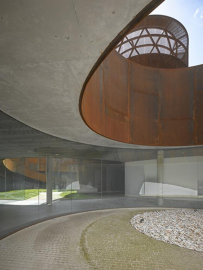
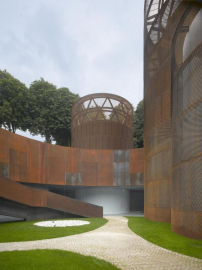
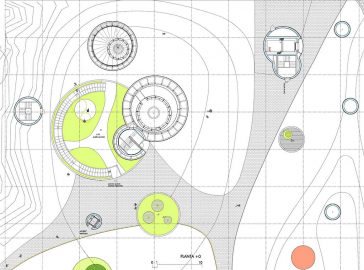
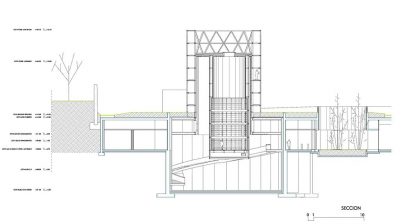
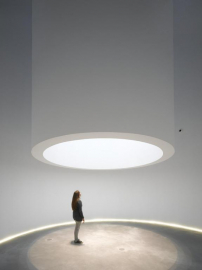
.jpg)
.jpg)
